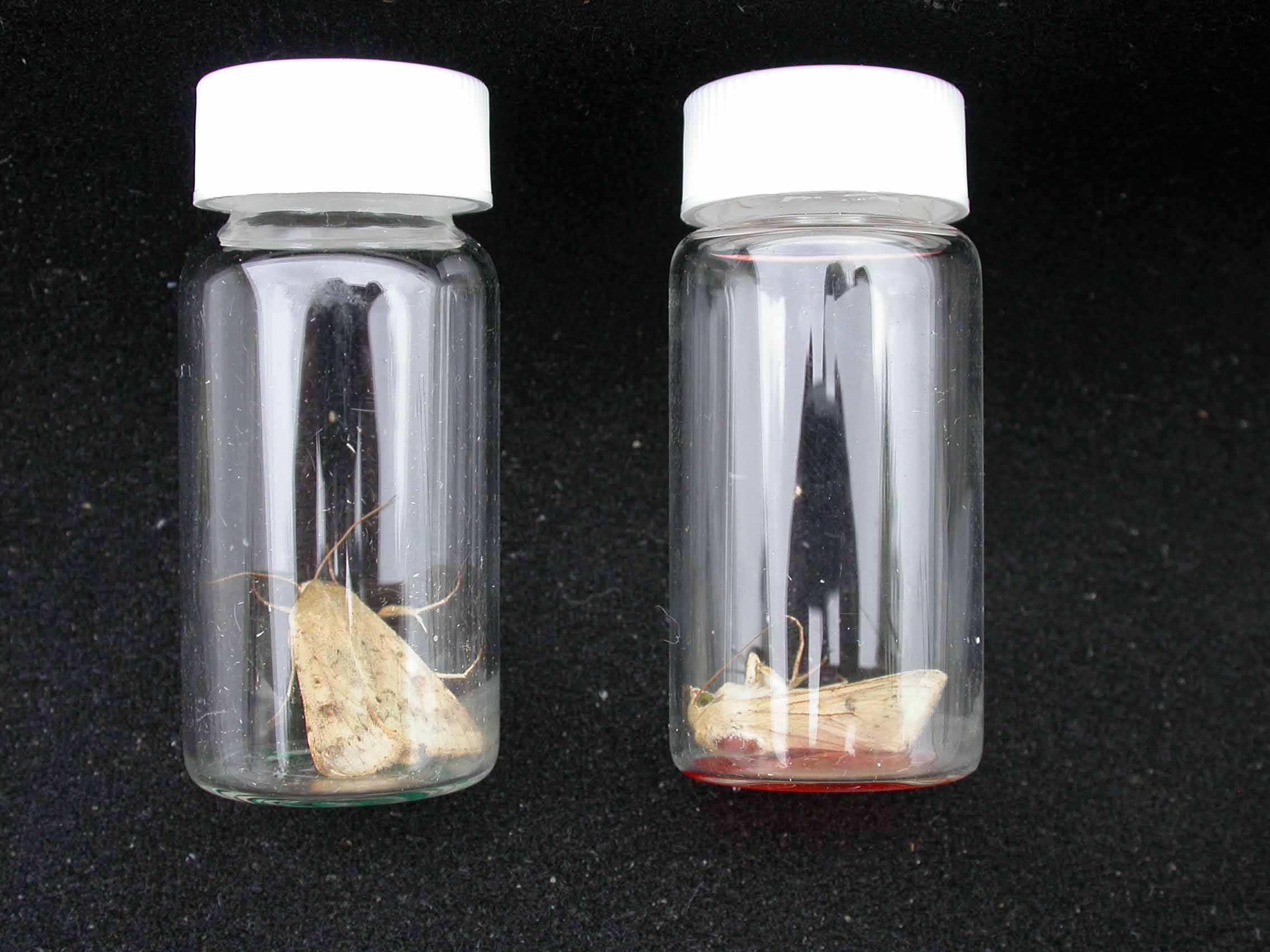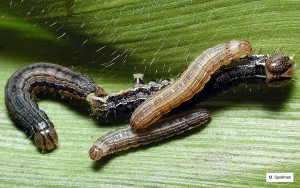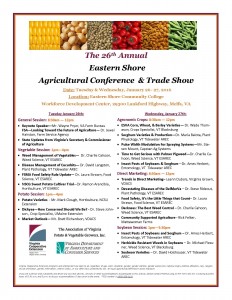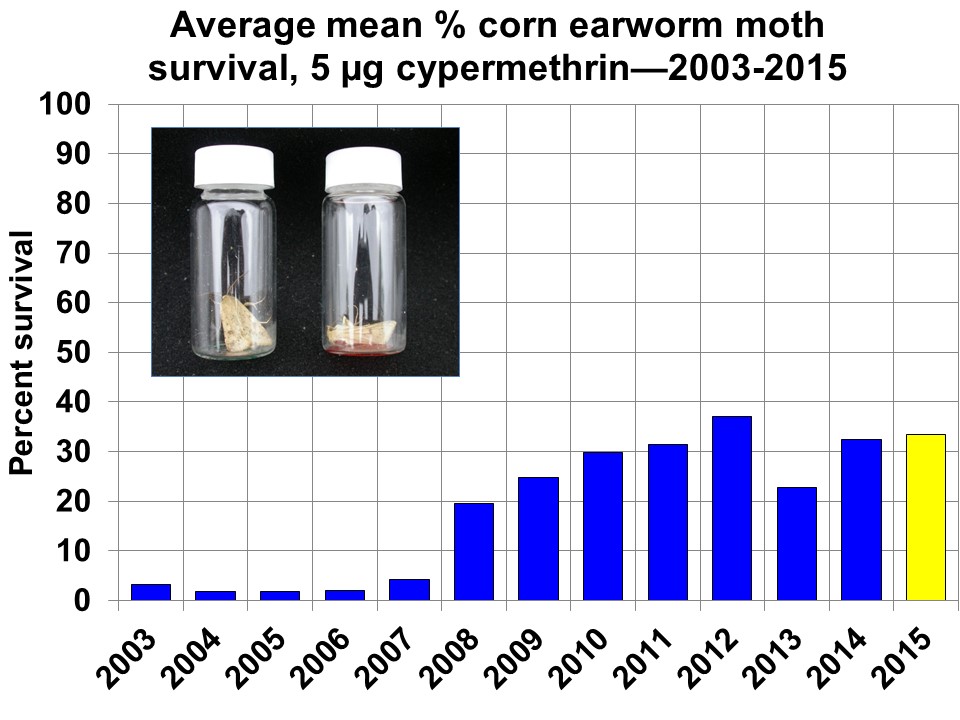EPA just granted a Section 18 for use of Transform™ WG in Virginia against sugarcane aphid in sorghum. Transform (50% a.i. sulfoxaflor), manufactured by Dow AgroSciences, may be applied through April 8, 2017 on a maximum of 16,591 acres of sorghum fields (grain and forage) in the following counties: Accomack, Albemarle, Alleghany, Amelia, Appomattox, Augusta, Bedford , Botetourt, Brunswick , Campbell, Caroline, Carroll, Charlotte, Charles City, Culpeper, Cumberland, Dinwiddie , Essex, Fauquier, Floyd, Fluvanna , Franklin, Frederick, Gloucester, Goochland, Greensville, Halifax, Hanover , Henrico, Isle of Wright, George , King William, King and queen , Loudon, Louisa, Luneburg, Madison , Mathews, Mecklenburg, New Kent, George , Prince William, Rockbridge , Rockingham , Russell, Southampton, Spotsylvania, Suffolk, Surry, Sussex, Virginia Beach, Washington, Westmoreland, and Wythe.
The following directions, restrictions, and precautions must be observed. Foliar applications may be made by ground or air at a rate of 0.75-1.5 oz of product (0.023-0.047 lb a.i.) per acre. A maximum of 2 applications may be made per year, at least 14 days apart, resulting in a seasonal maximum application rate of 3.0 oz of product (0.09 lb a.i.) per acre per year. Do not apply product 3 days pre-bloom or until after seed set.
To minimize spray drift and potential exposure of bees when foraging on plants adjacent to treated fields: applications are prohibited above wind speeds of 10 miles per hour (mph) and must be made with medium to course spray nozzles (i.e., with median droplet size of 341 µm or greater). A restricted entry interval (REI) of 24 hours applies to all applications. Do not apply within 14 days of grain or straw harvest or within 7 days of grazing, or forage, fodder, or hay harvest.
Environmental Hazards Statement: “This product is highly toxic to bees exposed through contact during spraying and while spray droplets are still wet. This product may be toxic to bees exposed to treated foliage for up to 3 hours following application. Toxicity is reduced when spray droplets are dry. Risks to pollinators from contact with pesticide spray or residues can be minimized when applications are made before 7:00 am or after 7:00 pm local time or when the temperature is below 55 degrees Fahrenheit (°F) at the site of application.”
We will provide updates on the presence and spread of sugarcane aphid as the season progresses.






